Learn how to move faster with the Navigating.art platform and leave time-consuming editing tasks in the past
Proofreading a manuscript to correct spelling, punctuation, and grammar and resolve inconsistencies has required significant time and effort in the past. But digital tools now exist to diminish repetitive and tedious processes. Navigating.art provides a platform that fits the changing needs of 21st-century art professionals. It offers comprehensive functionality to optimize every step of creating a digital publication, from data entry to vetting, editing, and publishing. These six features trim down the time it take to go from research to publication.
1. Track the editorial progress
Keep track of your information quality right from the beginning to ease effort during the review process later. Every entry and art event has its own editorial status to allow for a granular documentation of the progress. You can examine the editorial status to see what's ready for proofreading. Mark any piece of information as checked as you go and enjoy peace of mind, knowing you don't have to go back to every single detail.
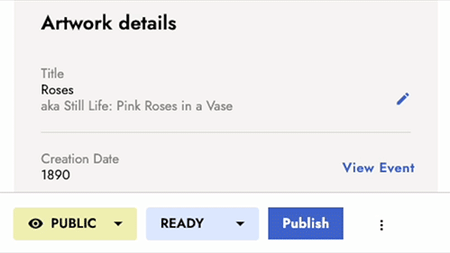
2. Investigate the version history
If information seems out of order, sometimes it's best to get in touch with the person responsible for entering or checking information. Navigating.art keeps track of the editing history of the published information, so you can easily look at who made latest changes. All published content is automatically versioned allowing you to easily return to a previous state.
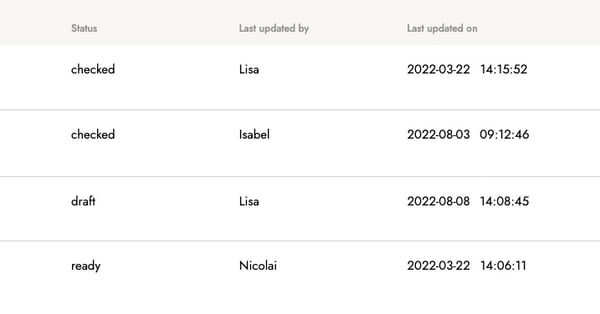
3. Rely on generated references
The Navigating.art platform takes entered information fragments and automatically applies style guides to create the perfect reference. You can rest assured that bibliography, exhibitions history, and even provenance entries are always consistent across your publication. Interlinking entries such as artworks and publications instead of manually entering references in a text field creates a dynamic web of content. That means any necessary corrections – adjusting the date of an exhibition or changing the author of an article – are automatically fixed in every occurrence at the same time. No need to review the same publication reference over and over again! As an added bonus, the linking of data unlocks the ability to create indices with no additional manual input at all.
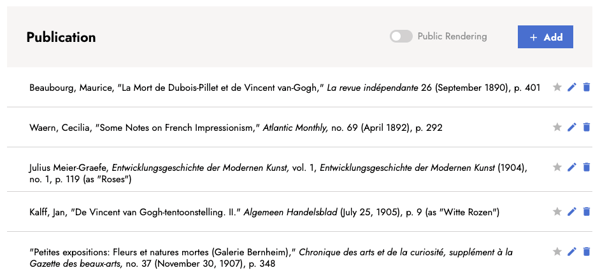
4. Check the linked primary sources
When reviewing facts, it is unwise to rely on the final reference alone. Linking records, digitized archival material and external content captures evidence-based conclusions in as much details possible. Why don't you dig deeper and investigate the primary sources? Connected to every art event the underlying primary sources are always on hand to verify the information and comprehend how conclusions came to be.
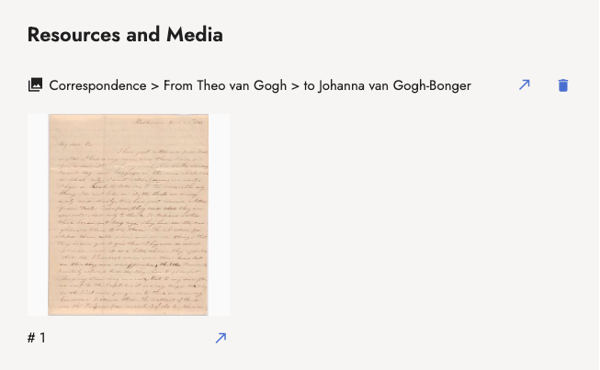
5. Detect and resolve inconsistencies quickly
Through an integrated systematic vetting process our platform assist you keeping up with quality assurance. For that purpose, we are alerting you to entries containing inconsistencies, like discrepancies in information quality or visibility conflicts. At one glance you are able to see which references are yet unpublished and which references are showing inconsistencies that need your attention. In the detail view of a reference the information fragment causing the issue is highlighted to you, so you can remedy the situation.
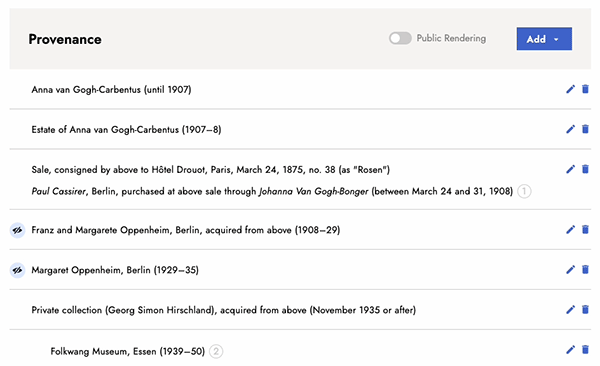
6. Generate reports
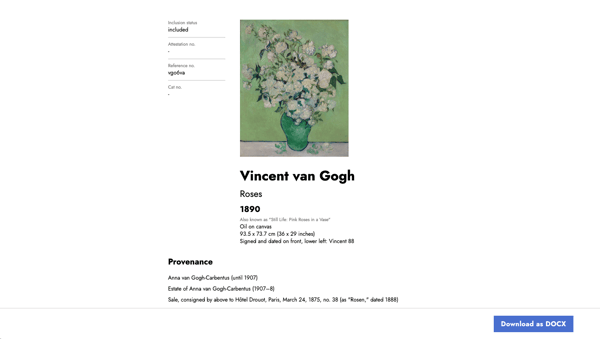
What comes next?
Publishing your efforts online is just a click away. Discover how easy publishing art information can be.
These articles might interest you:
- Long-term projects profit from great contributors, have you thought about How to assemble a powerful Catalogue Raisonné team, yet?
